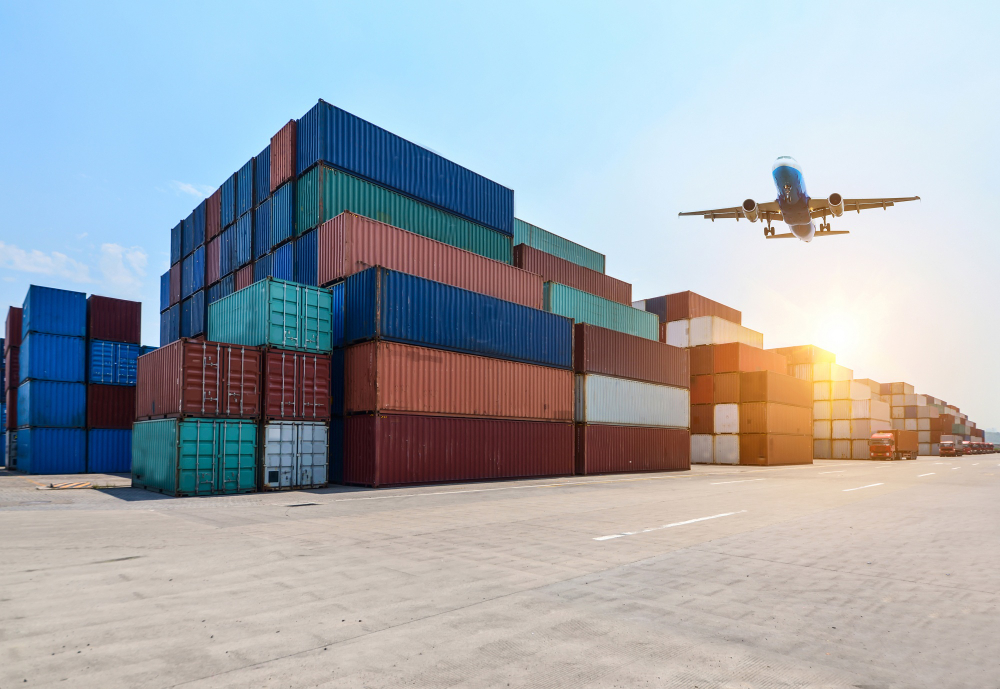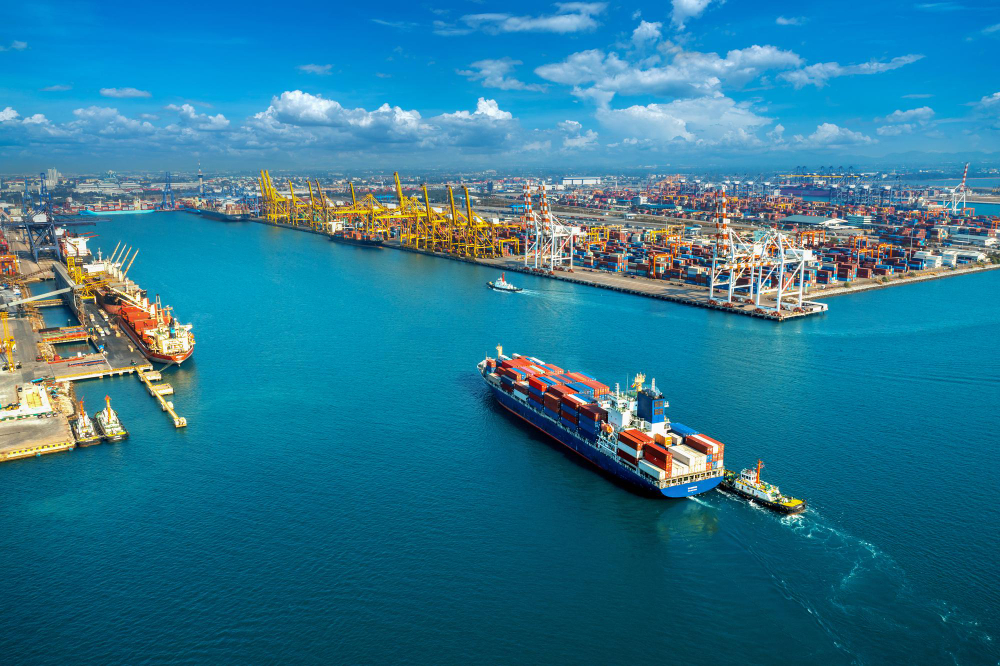What is Marine Insurance?
Marine insurance in shipping covers goods and cargo from when they leave the point of origin until they arrive at their final destination. It insures he ships, terminals, and all methods of forward freight where the goods are held against loss and damage.
What Does Marine Insurance Cover?
The scope of marine insurance can vary widely, but it generally covers several key areas:
Cargo insurance: this is the most common form of marine insurance, covering loss or damage to goods while in transit by sea and also often extending to include air, road, or rail transport connected to the marine journey. Coverage can vary from “All Risks” to more limited forms, such as “With Average” (WA), which usually covers specific listed perils.
Hull insurance: hull insurance covers physical damage to the ship or vessel itself, including its machinery and equipment. This coverage is essential for shipowners, protecting against hazards such as collision, fire, piracy, and weather-related damages.
Liability insurance: also known as Protection & Indemnity (P&I), liability insurance provides coverage for the shipowner’s legal liabilities arising from the operation of the ship, such as damage to cargo (not covered under cargo insurance), injury, or death of crew members or passengers, and environmental pollution.

Freight insurance: the shipper or carrier is protected against the loss of freight revenue that would not be earned due to lost or damaged cargo. It is particularly relevant for shipping companies and charterers.
War risk insurance: given the unique risks posed by armed conflicts, war risk insurance offers coverage against damage or loss caused by war-related perils, including strikes, riots, civil commotions, and terrorist acts that are typically excluded from standard policies.
Loss of hire insurance: this type of insurance provides compensation to the shipowner for loss of income when a vessel cannot be operated due to covered damage or peril, ensuring financial stability during repair or recovery periods.
There are two main types of policies, single transit, or series of transits. When looking at a policy for a single transit, the premium focuses on the types of goods, including how they’re packed, the ports of origin and destination, and the total value of the goods.
When calculating the premium for a series of transits or an annual policy, additional factors are taken into consideration. These include an estimate of how many transits will take place and the total value of goods being shipped. At the end of the year, the insurers require a declaration statement to compare the estimates with the actual numbers. This can cause an adjustment to the price.

